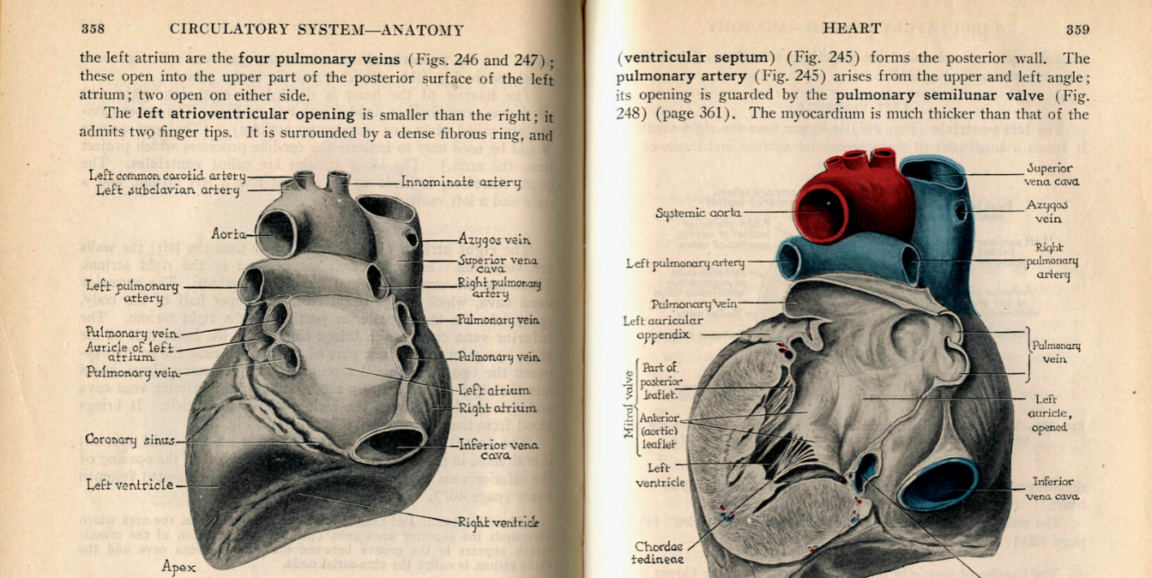"In summary, the patient is a 14-year-old male with mild tachycardia and a one-centimeter laceration above his right orbit."
This is an example of a summary statement I would use to present a patient. In so many words, I have just told an attending physician that a patient has a cut on his forehead and is probably a little nervous.
Outside of a medical setting, that first sentence would seem verbose and unnecessarily complicated. However, in conversations between physicians, it's expected lingo that serves the same purpose a stethoscope or a white coat may: it signals that we know what we're doing.
It's a rite of passage in medical school to trade in our lay colloquialisms for lofty medical vernacular. Sometimes it feels like a secret language for an exclusive club; signifying that we have turned on Doctor Mode. Shortness of breath becomes dyspnea. Enlarged liver becomes hepatomegaly. A nosebleed becomes epistaxis.
You can see from the last example that the code switch isn't always done to save time. What it does do is help to ensure that physicians have the same baseline understanding of what is going on with a patient, and that this is communicated well from physician to physician. In reading patient notes on an electronic medical record, I've recognized the merits of our systematic vocabulary -- mild tachycardia indicates a heart rate above 100 beats per minute; a laceration above the right orbit quickly pin-points where the problem is. It leaves space for each physician to make his or her own interpretation of a case from the purely objective statements in the note.
Despite its usefulness, the medical vernacular is also incredibly intimidating -- even for someone like me. When the words sound so foreign, it's easy to feel like there's no room to join the conversation.
It's a feeling I constantly have in my clinical reasoning class, where we work through different patient cases. Acronyms like BPPV are thrown around with an expectation that everyone will automatically understand what is being referred to. If you don't quite grasp what's being discussed, you don't feel comfortable entering the discussion. An internet search reminds me that BPPV is "benign paroxysmal positional vertigo." A second internet search reminds me that "paroxysmal" means sudden recurrence. Now, I remember that BPPV is a feeling of dizziness brought on by changing the position of your head. At this point, the class has moved on to the next acronym.
I try to be conscious of the barrier presented by medical jargon. As a neurobiology teaching assistant for first-year medical students, I understand just how nonsensical it can seem to have multiple, different, complex words refer to the same thing. The truth is that there are nuanced differences between terms, and this will be covered later in their education. In reality, we're all just struggling to learn a new language.
Now that I've spent two years ingraining this jargon into my everyday speech, I've also noticed how easy it is to fall into the trap of exclusively using medical terminology, even when the moment doesn't call for it.
I'll ask patients if they have problems with incontinence, and only after getting a quizzical look in response will I realize I forgot to code switch. Sometimes I use medical terminology with a patient on purpose: it allows me to transfer some authority about a patient's condition over to them.
Even as I'm learning this language of medical professionals, I'm realizing that while the words give us gravitas, it's an elevation that sometimes translates to losing touch with the world outside our club.
Stanford Medicine Unplugged is a forum for students to chronicle their experiences in medical school. The student-penned entries appear on Scope once a week during the academic year; the entire blog series can be found in the Stanford Medicine Unplugged category.
Tasnim Ahmed is a second-year medical student from Bangladesh and Queens, New York. She has a background in cognitive neuroscience and education. Her interests include global health, women's health, and embroidery (for her own health).
Photo by AZ_RN






